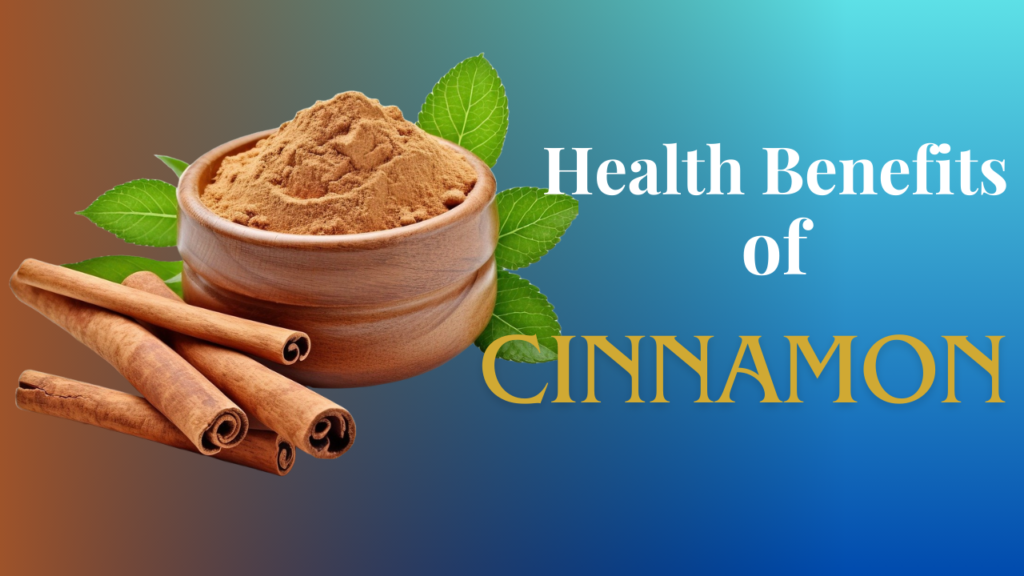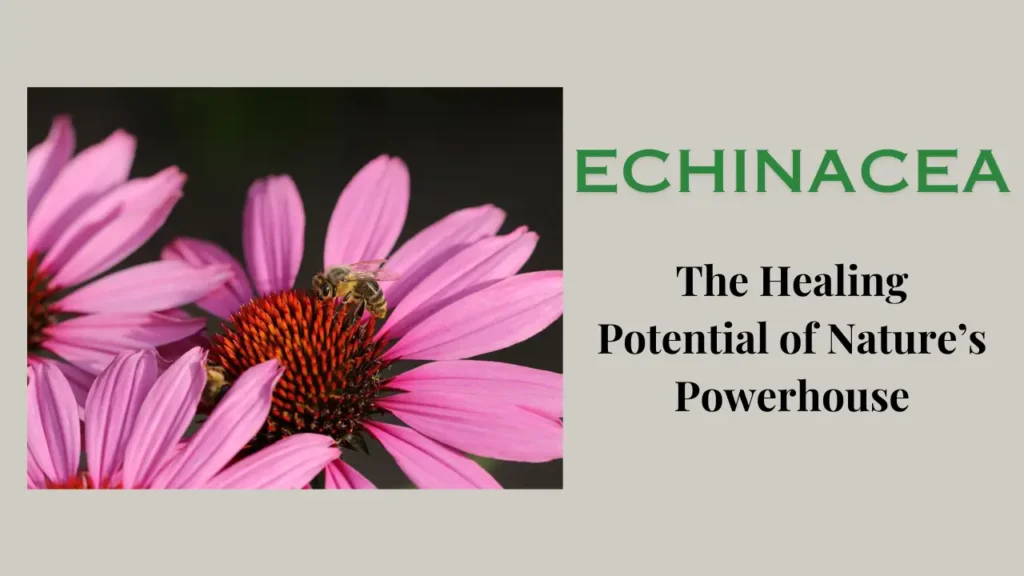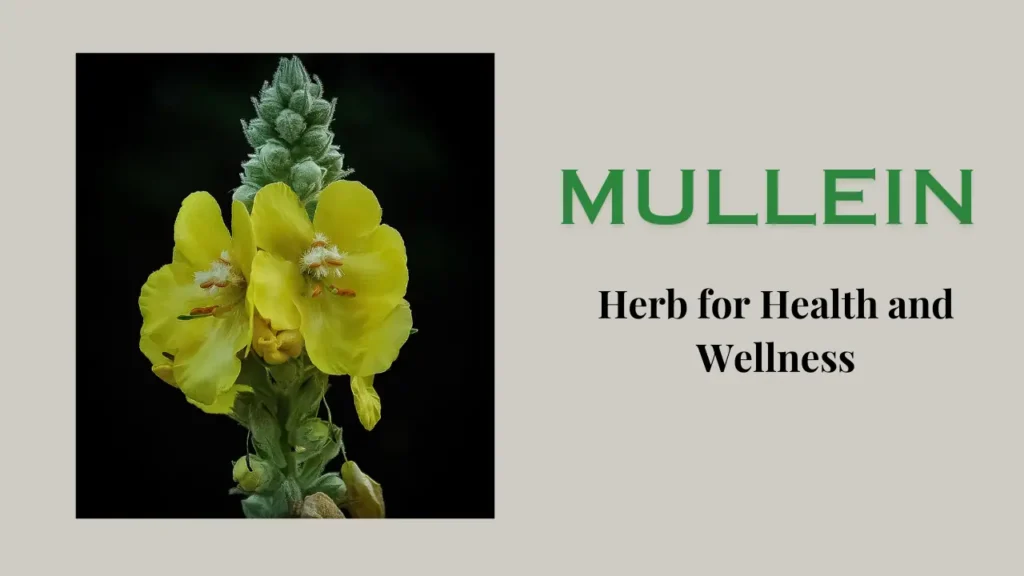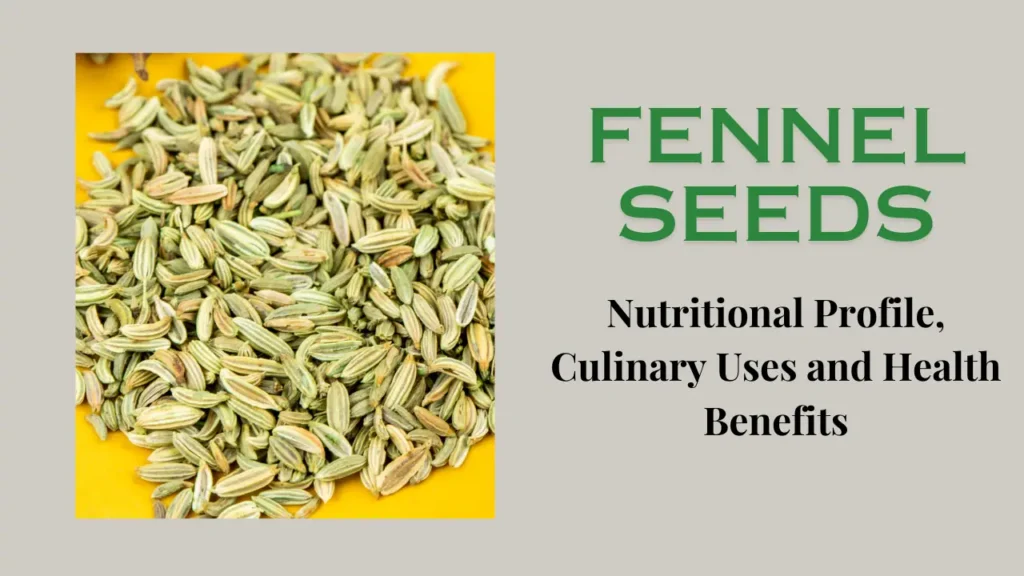Witch hazel is scientifically known as Hamamelis virginiana. It has been used for centuries for its various health and skin care benefits. It is native to eastern North America. The name “witch hazel” originates from the Middle English words “witch”, meaning “bendable”, which refers to the plant’s flexible branches, and “hazel”, due to its hazelnut-like seeds. It is a deciduous shrub known for its vibrant yellow flowers. In this article, we will learn about it in detail.

Scientific Name
Synonyms
Habit and Habitat
Chemical Composition
Plant Parts Used
Properties
Ayurvedic Properties
Therapeutic properties
Health Benefits of Witch hazel
Care of skin
Astringent properties
- Witch hazel contains high levels of tannins, giving it a powerful astringent property. When applied topically to the skin, it can help tighten the skin, reduce pore size, and control excess oil production. This removes acne, blemishes, and other skin problems.
Rich in anti-inflammatory and antioxidant effects:
- The flavonoids and gallic acid found in it contribute to anti-inflammatory and antioxidant properties. These compounds help reduce inflammation, soothe irritated skin, and protect against oxidative damage caused by free radicals. Due to this, it is beneficial for conditions like eczema, psoriasis, and sunburn.
Balance the pH of the skin:
- Witch hazel can be used as a natural toner to balance skin pH levels and tighten pores. It removes excess oil and impurities without stripping the skin of its natural moisture. It can be suitable for all skin types.
Wound healing properties
Antiseptic and antimicrobial actions
- It has natural antiseptic and antimicrobial properties, which help in cleaning and disinfecting wounds, cuts, and scratches. Due to this, the wound heals rapidly and the risk of infection also decreases.
Provide relief from piles
- Its anti-inflammatory properties make it a soothing remedy for piles. When applied topically, witch hazel helps relieve itching associated with hemorrhoids by reducing swelling and pain.
Varicose vein treatment
Improves circulation and reduces swelling:
- Witch hazel may help improve circulation and reduce swelling, making it beneficial for treating varicose veins and venous insufficiency. Applying its compress or lotion to the affected areas can provide relief from discomfort.
Soothes irritated scalp
- Witch hazel may also help soothe scalp irritation. Its anti-inflammatory properties help reduce itching, redness, and swelling. It can also be used to remove dandruff and eczema.
Uses of Witch hazel
- Skin Care: It can be used as a natural toner to balance skin pH, reduce pore size, and control oil production. It is also beneficial in treating acne, blemishes, and dark circles.
- First aid: It acts as an antiseptic on small wounds, cuts, and insect bites and promotes rapid healing.
- Relief from Piles: Its anti-inflammatory properties make it a soothing remedy for piles. It helps in reducing swelling, and pain and provides relief from itching.
Precautionary Measures for Witch Hazel
- Do a patch test before applying it to the skin, especially if you have sensitive skin.
- Avoid applying witch hazel to open wounds or mucous membranes as it may cause irritation or burning.
- Do not ingest witch hazel, as it may cause digestive upset, nausea, and other adverse reactions.
Myths and Facts
Conclusion
Remember, before starting any new wellness regimen, it’s always best to consult with a healthcare professional to ensure it is suitable for your specific needs and circumstances.
Apart from facial, it can also be soothing for minor cuts, insect bites, and hemorrhoids (with a doctor’s permission). But in such a situation, please consult a doctor before using it.








